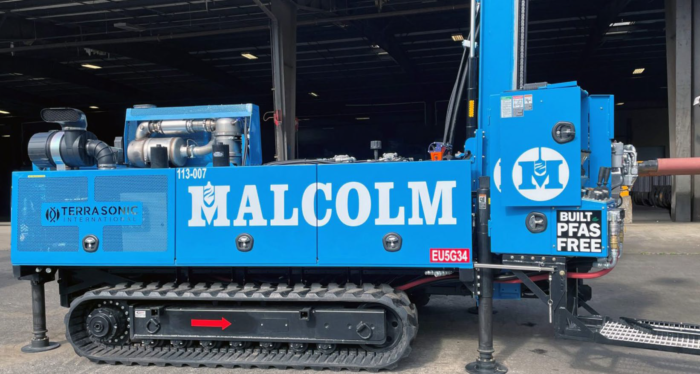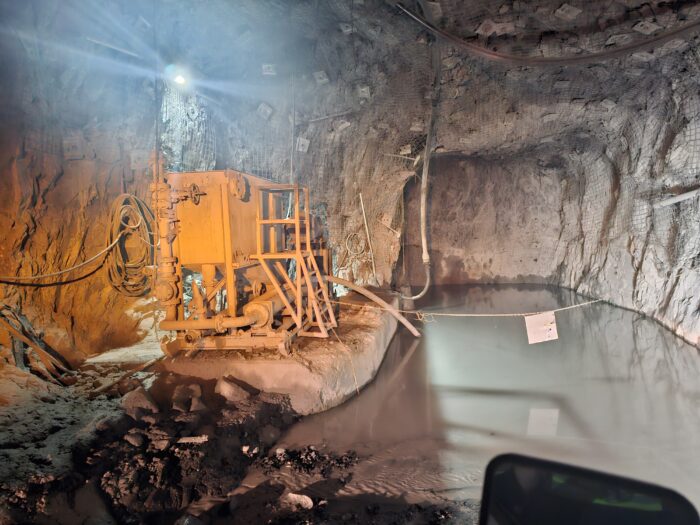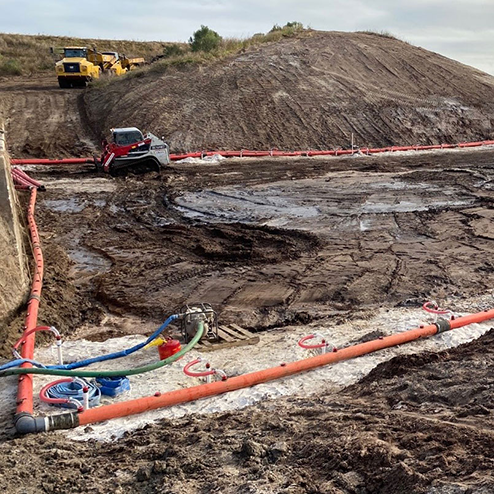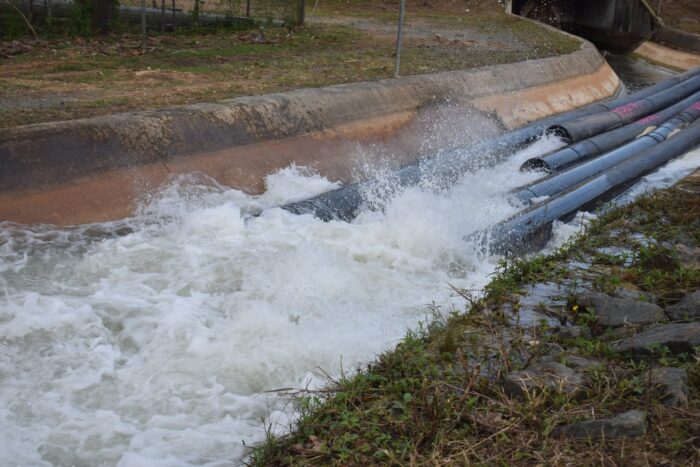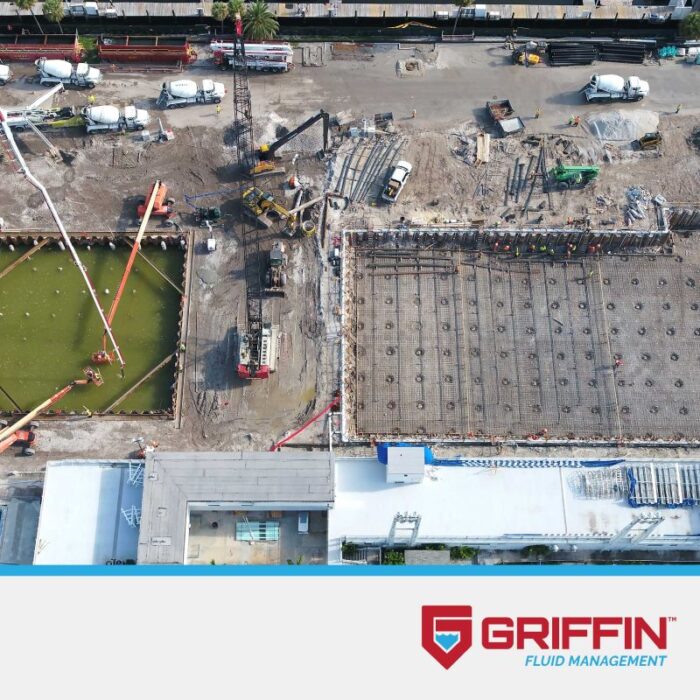( Low Capacity Wells – LCW )
Control system used essentially when piezometric level drops greater than 5 meters are required, mainly in excavations in which the underground flow network is conditioned by the existence of vertical barriers, such as sheet piles, screens, etc., and especially where the soils with low to moderate permeability.
Pumping, justifiably distributed, will allow the use of low-power equipment, optimizing energy costs and minimizing its environmental impact.
Additionally, distributed pumping imposes lower hydraulic gradients, therefore reducing groundwater flow velocities. This factor must be taken into account in the calculations in order to avoid soil erosion. The construction and design characteristics of the wells, their number, depth and position, must be justified using an analytical or numerical model, depending on the complexity of the boundary conditions and the flow network generated. There should always be an adequate hydrogeological characterization of the soil, as a result of the execution of Pumping Tests, which does not occur excessively frequently.
This type of well should be executed using a Dual drilling system (also known as OD, ODEX, TUBEX), since it avoids the use of drilling mud that alters the natural permeability of the drilled soil, optimizing each collection point.
Applications:
Applications of comprehensive control of groundwater and surface water in engineering works (Dewatering), through the Low Capacity Well System (LCW).
Click below to watch on YouTube:










